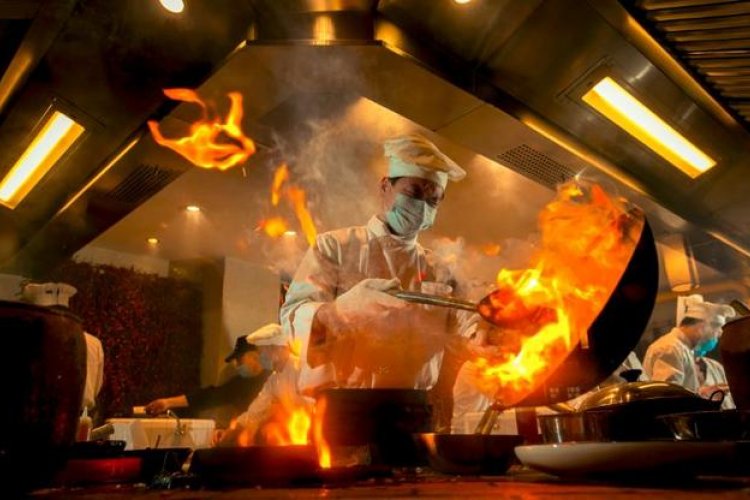When The Moon Gets Full, Its Time To Fill Up On Crab Roe
While many reach for mooncakes right about now, I always restain myself from indulging in this traditional delicacy. For a gourmand such as myself, crab, more specifically Chinese mitten crab, is my go-to after fishing restrictions end each Fall. Yet, compared to red leaves and full moons, the prime time for Chinese mitten crab is harder to ascertain. To remedy this, it's best to befriend a Shanghainese chef or crab supplier to get the lowdown on mitten crab season.
While the first crab eater may be a mystery, one thing's for sure: since that first bite, countless methods to coax out and elevate the natural flavor of this arthropod have been concocted again and again over centuries. Today, I'd like to introduce you to a few ways you can make life a little more crabby (in a good way).
蒸螃蟹 zhēng pángxiè Steamed Crabs
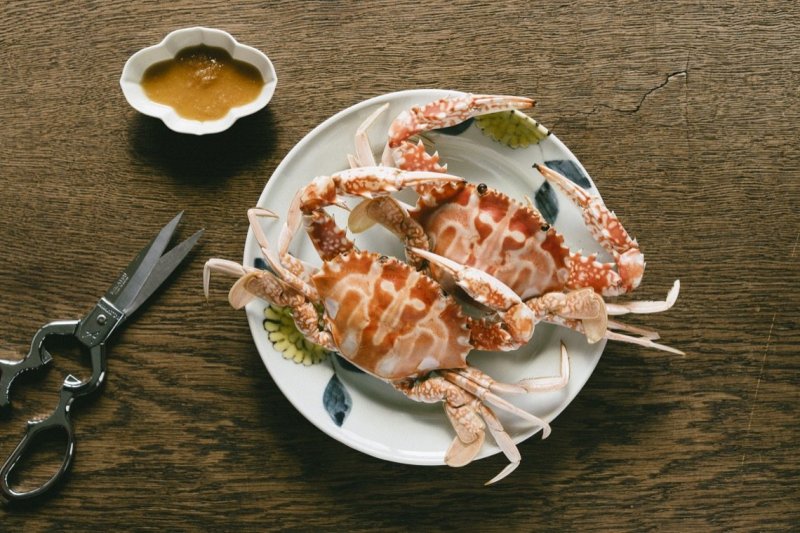
No matter how cooking techniques evolve, steamed crab is always a timeless classic that does little to change the original savoriness packed within the shell. After making sure the crab is clean and free of any filth – placing it in a bowl of salt water will encourage this – put it in the steamer. Then, whip up a simple dipping sauce from black vinegar, soy sauce, and ginger shreds while waiting for the crabs to turn red. Voila, it's that easy. You can even purchase a set of 蟹八件 xiè bā jiàn, the eight crab-eating tools that will aid you in dissecting the animal with surgical precision, allowing you to enjoy all the meat and crab roe you can claw out from within.

年糕炒螃蟹 niángāo chǎo pángxiè Crab Stir-fried With Ricecakes

One of my childhood favorites when I lived in Shanghai, these tender and slightly chewy rice cakes, coated in a gooey, garlic-laden, green onion-scented glaze, absorb the palatable flavors from the crabs, the meat of which is quickly fried to keep the juice locked inside. Trust me, you'll want another bowl of rice to just clean up all the gravy left on your plate after you're done devouring this treat.
秃黄油 tū huángyóu Crab Roe Cream
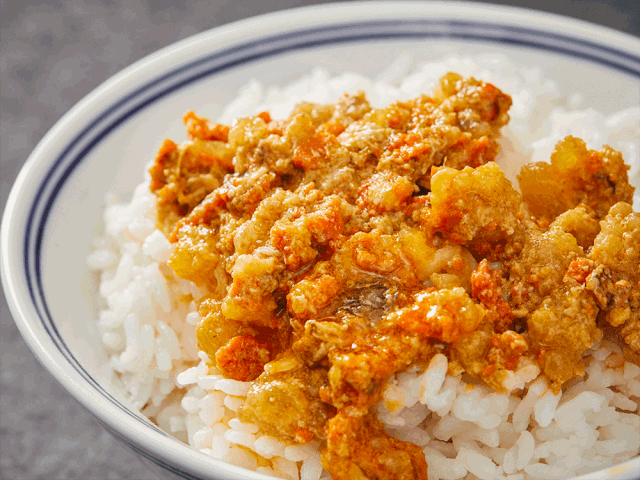
While the name might sound a bit odd, “crab roe cream” is a Suzhou treasure that's only become popular outside the eastern Chinese city in recent years. The character 秃 tū in the name means "unique" and is pronounced tēi in Suzhou dialect. 黄油 huángyóu is not your daily butter either, referring instead to a special mixture of the pure crab roe and cream braised in Shaoxing rice wine with stock and other seasonings before being mixed with lard and pepper. It's an innovation ancient Chinese created to preserve the crab's flavor before refrigeration had been invented. And this sophisticated process grants it unparalleled taste. Even smothering the plainest rice or bread in the mix will enable it to glitter with a golden hue, and imbue it with a succulent, meaty flavor. Be warned, one taste of the stuff will have you addicted in no time!
醉蟹 zuì xiè Drunken Crab
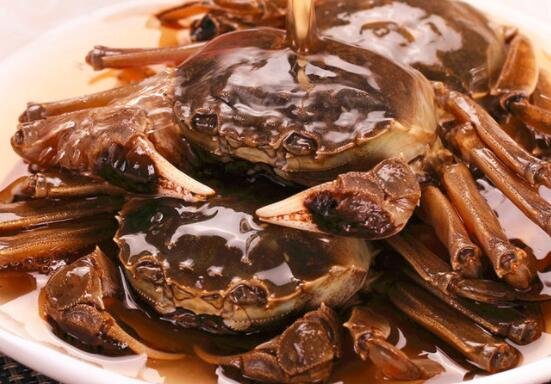
While all the above cooking methods are amazing, raw is perhaps my all-time favorite way to enjoy crab. When I was a child, drunken crab was a dish only the most skillful cooks could prepare in season. It literally requires you to drown the crabs in Chinese liquor before putting them in a marinade made from soy sauce, ginger, and sugar for extra flavor. After a few days of marinating, the protein within the crab will denature due to the influence of the alcohol, becoming a translucent and jelly-like substance that can be easily sucked out of its shell. The traditional recipe, which calls for sweet-water crab, is difficult to find in most restaurants today. If you want to try it at home, be sure to use only the freshest and best ingredients you can get your hands on. Also, if you're not comfortable consuming crab raw, you can opt for boiled, which might hamper the meat's texture but will still achieve a similar taste.
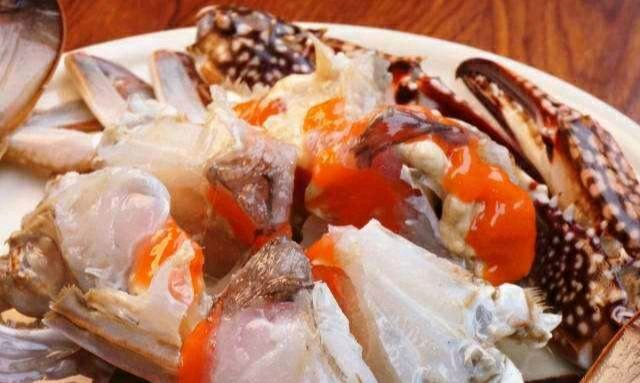
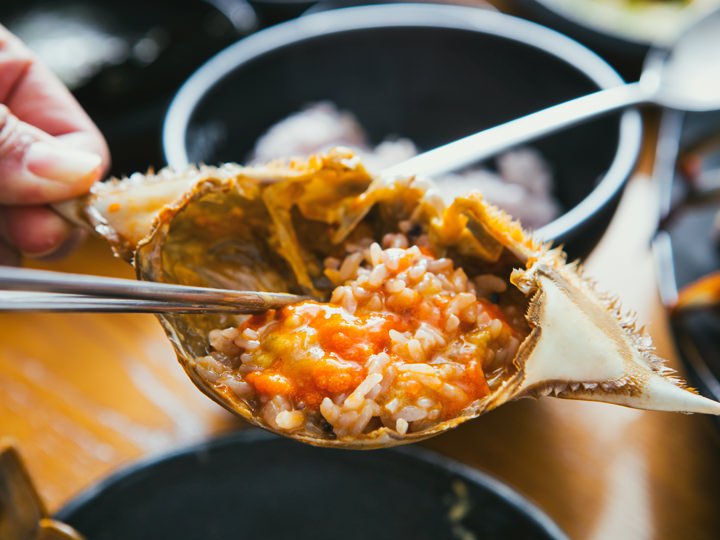
呛蟹 qiāng xiè Choked Crab (Salted Raw Crab) and 酱蟹 jiàng xiè Marinated Crab are also classic approaches to enjoying crab raw. The former uses salt instead of liquor to for the marinade, while the latter is a Korean recipe that utilizes chili paste, garlic, and soy sauce.
蟹肉炒饭 xiè ròu chǎofàn Thai Crab Fried Rice
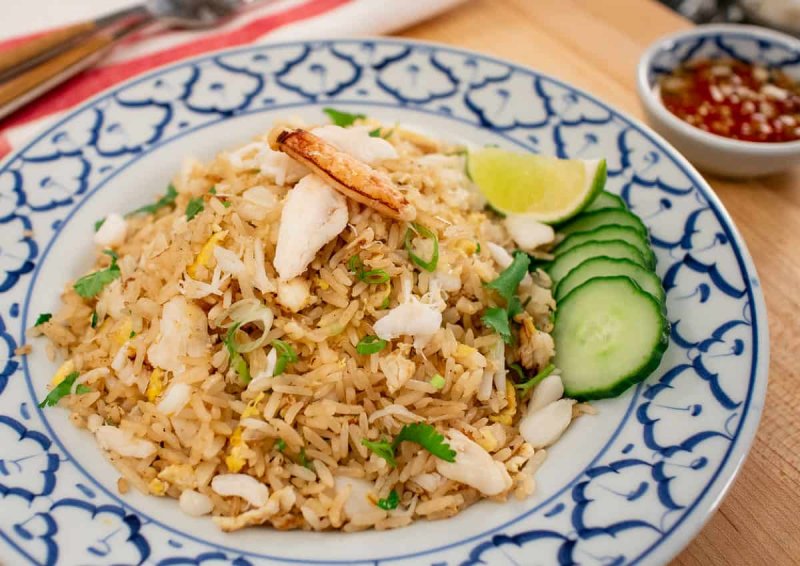
This is relatively mild dish from the realm of Thai cuisine. Zesty lime and fish sauce add a tropical freshness to the dish, making it one of the few fried rice dishes good enough to be enjoyed even on hot days. Moreover, if you order it in a restaurant, all the meat will be peeled out of the shell beforehand by the chef, which will save you the fuss of doing the arduous work yourself.
星洲胡椒蟹 xīng zhōu hújiāo xiè Singaporean Pepper Crab

Hainanese Chicken Rice is not the only thing worth trying in Singapore, as they also know their way around these armored creatures. Singaporean Pepper Crab is a dish derived from both Asian and European cooking, a perfect epitome for the fusion of various cultures brewed up in this tiny but pivotal land. The toasted peppers and assorted seasonings emit a slightly spicy and smoky fragrance and wrap around the crabs with the help of melted butter. It's also an easy-to-consume dish. Because the crab used typically comes from the ocean, meaning you won't need to worry about trying to crack the shell for 15 minutes only to discover there's not much meat inside.
The list goes on and on, from 盐焗梭子蟹 yán jú suōzixiè Crabs Baked in Salt to 肉蟹煲 ròu xiè bāo Crab Pot or 辣炒螃蟹 là chǎo pángxiè Spicy Quick Fried Crab, I can spend days talking about dishes featuring this seasonal treat. But now I've got to stop here and go crack some crabs of my own before I pass out from hunger!
Read: Persimmon Pleasures: Recipes for Beijing’s Juicy Fruit
Images: Baidu, 52crab, Hqcanyin, Tencent, Sohu, Douguo, Hanchao, Taster



